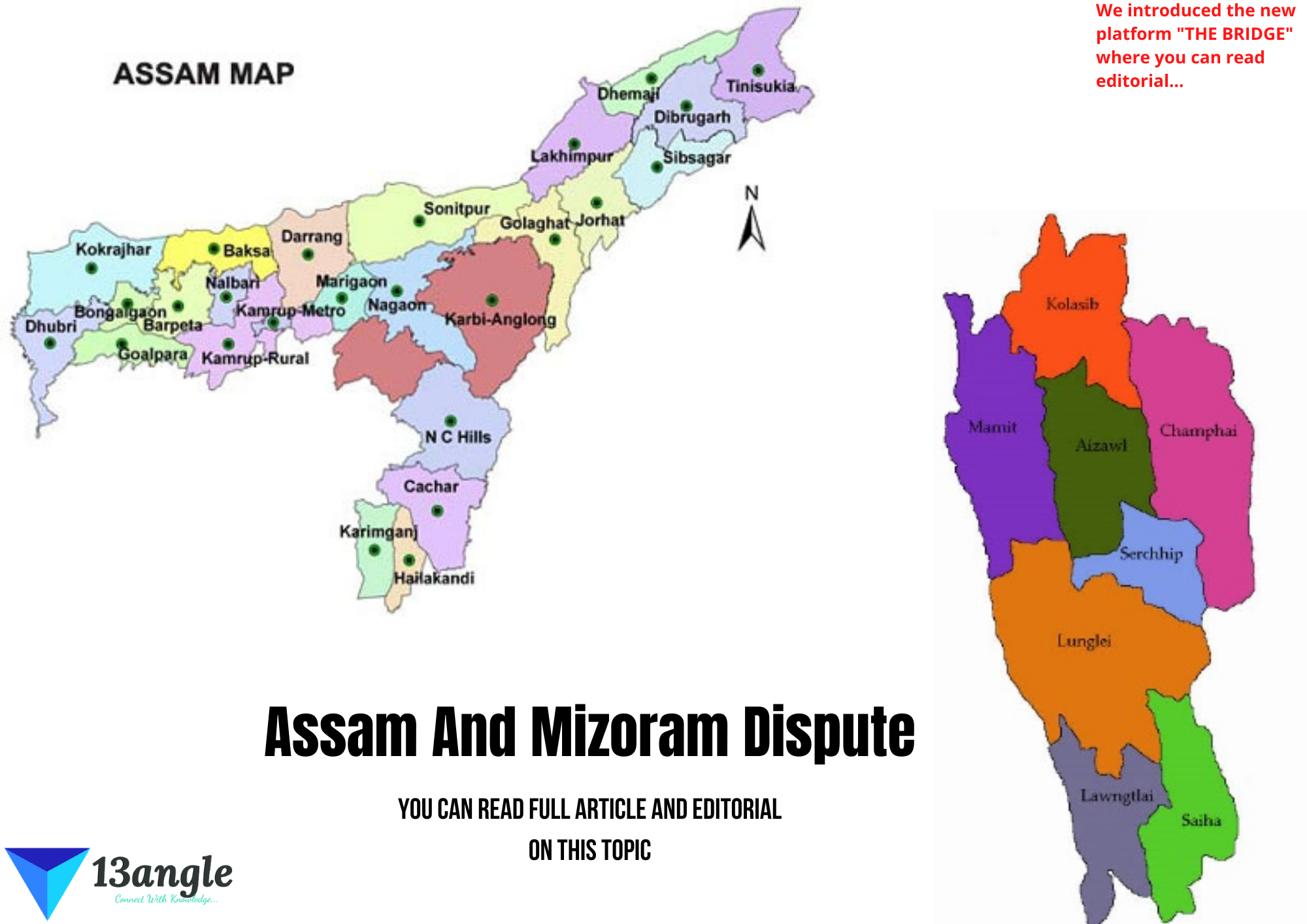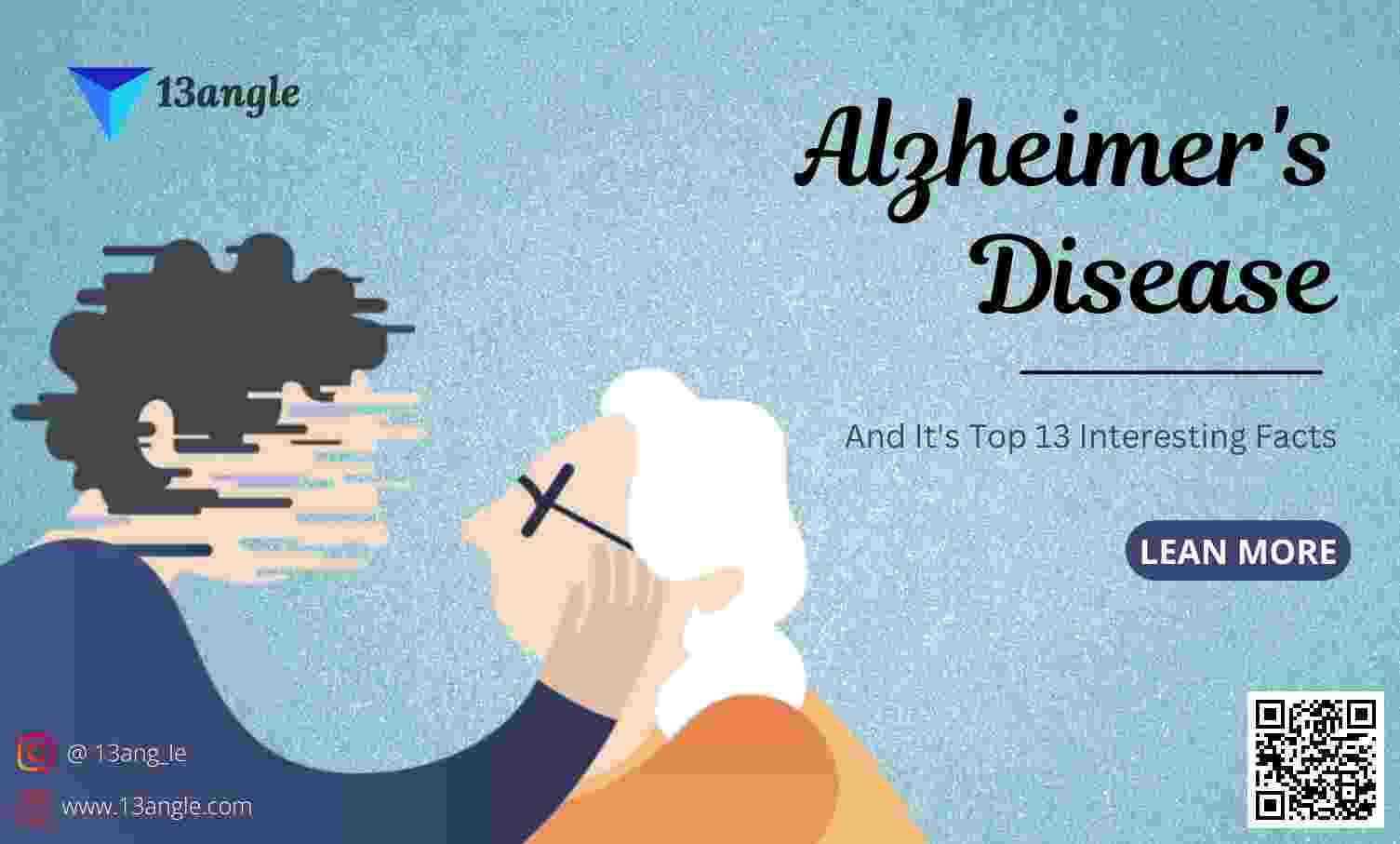
Introduction
- The Indian Bar Council is a statutory organization that regulates and represents the Indian legal profession. Parliament established it in 1961 with the Advocates Act. It establishes professional conduct and etiquette guidelines and has disciplinary authority. It establishes legal education requirements and recognized universities whose degrees qualify students to enroll as advocates after graduation. In addition, it serves as a representative body by safeguarding the rights, privileges, and interests of advocates and by establishing funds to aid in the organization of welfare systems for them. The primary goal was to oversee and regulate the operations of all state-level bar councils, as well as to establish professional behavior and etiquette standards. It is a corporate body with perpetual succession and a common seal that falls under the Ministry of Law and Justice of the Government of India. The Bar Council of India has established several committees, including the Education Committee, the Disciplinary Committees, the Executive Committee, the Legal Aid Committee, the Advocates Welfare Fund Committee, the Rules Committee, and others, to deal with various issues that arise from time to time.
History
1. 1950
After the Indian Constitution came into force on January 26, 1950, the Inter-University Board passed a resolution in Madras emphasizing the need for an all-India bar and the importance of having uniformly high standards for law examinations in different universities across the country, given the existence of a Supreme Court of India.
The Madras Provincial Lawyers Conference presided over by Shri S. Varadachariar, decided in May 1950 that the Government of India should appoint a committee to develop a scheme for an all-India bar and amend the Indian Bar Councils Act to bring it into compliance with the new Constitution. The Madras Bar Council adopted that decision during its sitting on October 1, 1950.
2. 1951
- On April 12, 1951, Member of Parliament Shri Syed Mohammed Ahmad Kazmi proposed a comprehensive bill to alter the India Bar Councils Act. In the altered circumstances of independence, the Government of India believed that a comprehensive Bill sponsored by the Government was required. On the floor of the House in August 1951, the then-Minister of Law indicated that the Government of India was considering forming a Committee of Inquiry to investigate the subject in depth. The Committee was formed with the task of investigating and reporting on:
- The feasibility and desirability of establishing a completely unified Indian bar.
- Whether the dual system of counsel and solicitor (or agent) that exists in the Supreme Court and the Bombay and Calcutta High Courts should be maintained or abolished.
- The continuation or abolition of various classes of legal practitioners, such as Supreme Court advocates, High Court advocates, district court pleaders, mukhtars (limited to criminal courts), revenue agents, and income-tax practitioners.
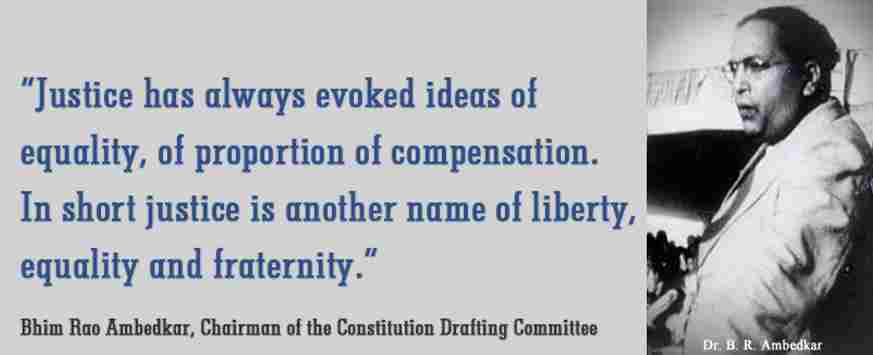
3. 1953
- On March 30, 1953, the All-India Bar Committee issued its comprehensive report. The report included recommendations for establishing a Bar Council in each state and an All-India Bar Council at the national level to regulate the legal profession and oversee the quality of legal education in India. Meanwhile, the Indian Law Commission was tasked with writing a report on judicial changes.
4. 1961
- A comprehensive Advocates Bill was proposed in Parliament to implement the recommendations of the All-India Bar Committee and to consider the Law Commission’s recommendations relating to the legal profession, resulting in the Advocates Act, 1961.
Constitution
The council has 18 members including the Attorney General of India and the Solicitor General of India.
The Attorney General and the Solicitor General are the Ex-officio Members, while the other 16 members of the council represent the 16 State Bar Councils in the country.
The council is headed by a Chairman and Vice-Chairman, who are selected from among the council members for a two-year tenure.
The council members are elected for a period of five years.
Functions
The Bar Council’s regulatory and representative mission for the legal profession and legal education in India is covered by the following statutory tasks under Section 7:-
- To establish professional conduct and etiquette guidelines for advocates.
- To establish procedures for its disciplinary committee and each State Bar Council’s disciplinary committees to follow.
- To protect advocates’ rights, privileges, and interests.
- Encourage and support legal reform.
- To deal with and resolve any matter that a State Bar Council may refer to it.
- To promote legal education and establish legal education standards. This is done in collaboration with Indian universities that offer legal education and state bar councils.
- To recognize universities that offer a law degree as a prerequisite for becoming an advocate. The Bar Council of India visits and inspects universities or directs the State Bar Councils to do so.
- To host seminars and talks on legal topics by eminent jurists, as well as to publish legal journals and papers.
- To organize poor people’s legal aid.
- To recognize foreign legal qualifications gained outside of India for the purpose of admission as an advocate in India on a reciprocal basis.
- To manage and invest the Bar Council’s money.
- To establish a system for electing members to govern the Bar Councils.
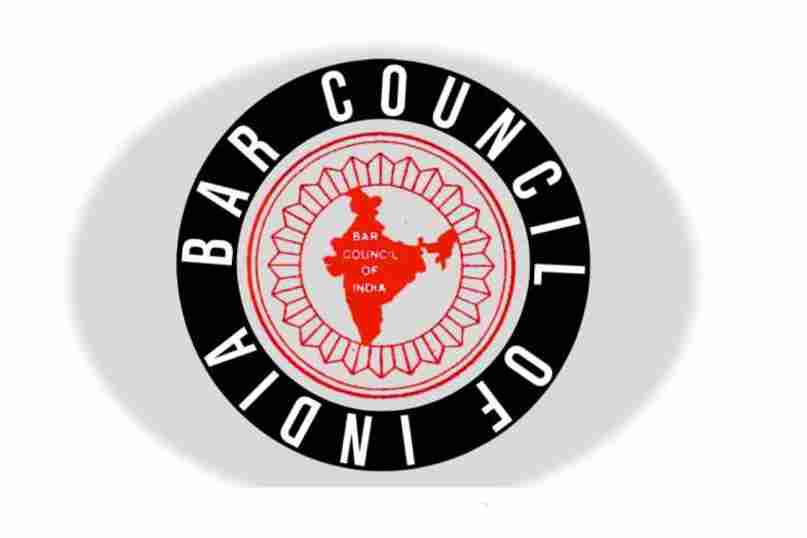
The Bar Council of India can also set up funds for the following purposes:
- Providing financial support for welfare schemes for the poor, disabled, and other advocates,
- Providing legal aid, and
- Establishing law libraries.
Committees
Various committees of the Bar Council of India provide recommendations to the Council. The members of these committees are chosen from among the Council members.
A Disciplinary Committee (Section 9), a Legal Education Committee, and an Executive Committee are all required by the Advocates Act (under Section 10). The Bar Council of India Rules, Chapter III, allow the Council to appoint one or more committees from among its members in addition to those listed in the Act. These committees can be given authority, responsibilities, and functions by the Council.
1. Committee On Legal Education:-

Five members of the Bar Council of India and five co-opted members from the courts, the Law Ministry, the University Grants Commission, and academics make up the Legal Education Committee. On all subjects relevant to legal education in India, this committee offers recommendations to the Bar Council of India. The chairman is chosen by the committee. The Legal Education Committee has the following powers: 1. Make recommendations to the Council for establishing legal education standards for universities.
- To inspect universities and report back to the Council on the findings.
- To make recommendations to the Council on the conditions under which foreign legal qualifications obtained by persons who are not Indian citizens may be recognized.
- To recommend to the Council the recognition of any law degree earned at any Indian university.
- To recommend that any university already recognized by the Council be decertified.
2. Disciplinary Committee:-
- The Bar Council of India’s disciplinary committees review appeals from people who have had their complaints against advocates for professional misconduct dismissed by the State Bar Councils. Appeals have been filed with the Bar Council of India against orders of state bar council disciplinary bodies. Every such appeal is heard by the Bar Council of India’s disciplinary committee, which may issue an order, including one altering the punishment imposed by the State Bar Council’s disciplinary committee. Three people make up each disciplinary committee. The members of this committee have a three-year tenure.
3. Executive Committee:-
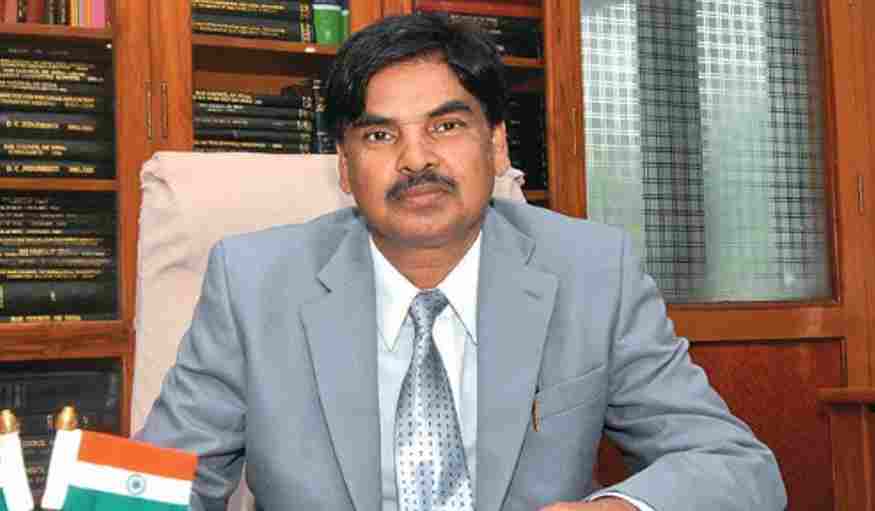
The Executive Committee is the Council’s executive authority, and it is responsible for giving Council resolutions effect. Members of the Executive Committee are chosen from the Bar Council of India’s membership. The Chairman and Vice-Chairman are chosen by the committee. The Executive Committee has the following authority:
- To manage the Council’s funds.
- To invest the Council’s funds as the Council may direct from time to time.
- To provide leave to employees other than casual leave.
- To establish books of account, registers, and files for the proper administration of the Council’s affairs,
- To appoint and supervise members of the staff, as well as to set their working conditions.
- Appoint auditors and determine their compensation.
- To consider the annual audit report and present it to the Council for its consideration, along with any comments.
- To maintain a library and publish any journal, treatise, or pamphlet on legal subjects, as directed by the Council.
- To prepare and present the annual administration report and the statement of account to the Council.
4. Advocate Welfare Committee:-
- The Advocates Welfare Committee reviews petitions for welfare funding submitted by advocates through various State Bar Councils. The committee reviews the application and makes a funding decision. The Advocates Welfare Fund Act of 2001 establishes the Advocates Welfare Committee. The State Bar Council shall yearly pay to the Fund a sum equal to 20% of the enrolment fee received from advocates under Section 24(f) of the Advocates Act. Members of the Advocates Welfare Committee are chosen from the Bar Council of India’s membership. Each member of this committee serves a two-year term.
5. Legal Aid Committee:-
Legal Aid refers to the provision of free legal services to the poor and needy who cannot afford to hire a lawyer to represent them in a court, tribunal, or other body. The Legal Services Authority provides the following services:
- Court and other procedure fees must be paid.
- Charges for legal procedures preparation, drafting, and filing.
- Charges are imposed by a lawyer or legal advisor.
- The costs of acquiring decrees, judgments, orders, or any other legal papers.
- Printing, translation, and other paper-related expenses.
6. Directorate Of Legal Education:-
The Bar Council of India has formed a Directorate of Legal Education to organize, run, conduct, hold, and oversee the following activities:
- Continuing Legal Education
- Teacher training
- Advanced specialized professional courses
- Education program for Indian students seeking registration after receiving a law degree from a foreign university
- Research on professional Legal Education and Standardization
- Seminar and workshop
- Legal Research
- Any other assignment that the Legal Education Committee and the Bar Council of India may assign to it.
Prof. V.B. Coutinho, a former Vice-Chancellor of Gulbarga University, is the Director of the Directorate of Legal Education, while Prof. Rahul Singh is the Associate Director.
7. International Affiliations:-
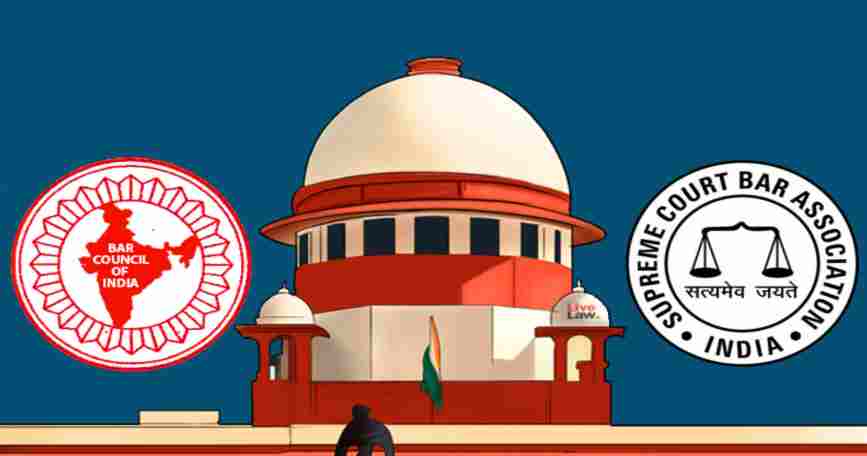
- In recent years, cross-border transactions and international trade have increased dramatically, resulting in increased interaction between legal communities from diverse countries. Companies and businesses demand competent legal counsel and guidance from lawyers in their own countries as well as lawyers throughout the region and even beyond as they grow more deeply involved in the regional and global economies. The Bar Council of India’s affiliations with the bars of other countries are important for a variety of reasons. The alliance would be founded for the following reasons:
Defending democracy and the rule of law as legal concepts.
Providing better access to justice to the people of the two nations i.e., citizens of India and the nationals of the affiliated Bar under the jurisdiction of the two nations.
Representing its members in their dealings with other lawyer organizations around the world on issues of common interest to the legal profession, such as the fight against terrorism and other serious crime, and the ability of lawyers globally to practice their profession freely without harassment or hindrance.
Providing better access to the legal information of the two countries to the members of
the affiliated Bar’s to facilitate their practice.
Providing a point of legal assistance and advice in dealings between the two nations resulting in binding treaties, conventions, or protocols. This could provide better cooperation and understanding between countries resulting in a more efficient treaty-forming activity between two countries.
Formulating a common code of conduct relating to interactions between the members of the affiliated Bar. The code could be to promote respect toward professional colleagues and promote the rule of law and the fair administration of justice in two nations.
Formulation of committees which would consist of the members of the two Bar for the purpose of giving advice to the government in relation to cross-border transactions.
The affiliation could also facilitate the policy work.
Bringing harmony in the laws of the two countries and helping formulate domestic laws in harmony with international principles.
Providing a forum where the residents of the nations of the two Bar’s forming the affiliation could put up their grievances against any member of the Bar.
Providing legal aid services to the nationals of the Bar forming affiliation and achieving the same for our citizens in the other nation.
Ensuring that a proper legal defense is given to the nation of the state of the affiliated Bar in any criminal prosecution against him by the other state and ensuring the procedural rights of the nation are protected.
Protecting and promoting the human rights of the citizens of the two nations.
Developing and publishing journals of international repute in cooperation with the affiliated Bar taking advantage of the interaction between the legal community of the two nations.
Providing a forum where the lawyers could discuss legal, business, and policy issues affecting the affiliated nations in a manner that fosters collegiality and the development of close personal and professional relationships that enhance legal practice opportunities and professional networking.
The Bar Council- Duties And Responsibilities
The Bar Council of India Trust was established as a public charitable trust on April 27, 1974, by the Bar Council of India. The trust seeks to raise legal education standards and sustain professional standards in the legal profession. The trust is charged with establishing and promoting law schools of distinction as well as legal research. The Chairman of the Bar Council of India Trust and four other trustees elected for a four-year term from among BCI members make up the Board of Trustees of the Bar Council of India Trust. A Managing Trustee and an Assistant Managing Trustee are chosen by the trustees. Through its Secretary, the Managing Trustee controls the Trust’s day-to-day administration. Other activities of the Trust include giving legal aid to the poor, publishing student textbooks and law reports, and actions promoting the welfare of members of the Indian legal profession. Through its placement scheme, for example, the Trust supports the professional growth of many worthy junior advocates. The Trust chooses advocates for year-long training under experienced and recognized legal experts at the High Courts and Supreme Court, such as senior advocates and Bar Council of India members, on a regular basis.
In India, the Bar Council of India Trust is also at the forefront of providing world-class legal education. In 1987, the Trust funded the first National Law University in Bangalore named NLSIU.
The National Law School of India University (“NLSIU”) is presently regarded as a world-class center for legal education and research. It was the model for comparable National Law Universities in other states, like NALSAR University in Hyderabad and the West Bengal National University of Juridical Sciences in Kolkata.
1. National Moot Court Competition:-
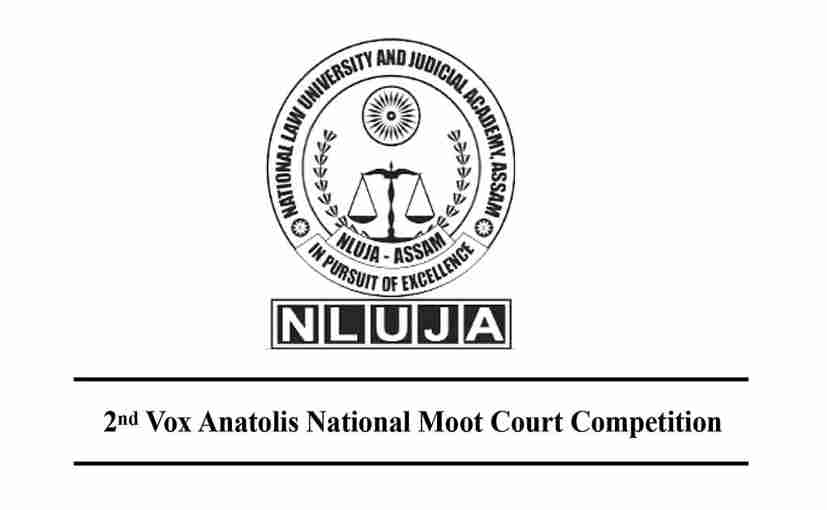
- Since its beginning in 1981, the Bar Council of India’s National Moot Court Competition has been improving advocacy abilities among law students under the auspices of the Trust. The Trust is hosting the event in collaboration with an Indian university, and it will include fierce competition between teams from 40 different universities. NALSAR, Hyderabad, won first place in the Gujarat competition in 2009, and ILS, Pune, came in second. ILS, Pune, and NLSIU, Bangalore, have won the trophy twice since 2005.
2. Indian Bar Review:-
- The Bar Council of India Trust’s quarterly journal, the Indian Bar Review, is regarded as one of the country’s best legal publications. Since 1972, the publication has kept judges, attorneys, students, and academics updated and educated about the newest trends, advancements, and scholarship in the field of law and legal education.
3. Continuing Legal Education:-
- The BCI trust is significantly involved in keeping practicing attorneys’ knowledge and abilities up to date, as well as promoting specialization in professional services. Regular workshops are held across the country to help advocates improve their abilities in areas such as constitutional litigation, advocacy, labor adjudication, tort litigation, administrative law and adjudication, and environmental law. On all these topics, the Trust has gathered high-quality reading materials.
4. Enrollment Of Advocates:-
- On the rolls of the State Bar Councils, eligible individuals are admitted as advocates. The Advocates Act of 1961 gives state bar councils the authority to set their own procedures for enlisting advocates. Individual Council contact information can be found here. The Enrolment Committee of the Council may review a candidate’s application. A Certificate of Enrolment is available to those who have been admitted as advocates by any State Bar Council. Under Section 24 (1) (f) of the Advocates Act, 1961, all applicants for enrolment as advocates must pay an enrolment fee of Rs.600/- (Rupees Six Hundred Only) to their respective State Bar Council and Rs.150/- (Rupees One Hundred Fifty Only) to the Bar Council of India. Separate demand draughts should be used to make these payments.
5. Professional Standards:-
- Advocates have the dual role of zealously representing the client’s interests while also acting as court officers. As a result, they must uphold the greatest standards of integrity and honor. The behavior of an advocate should reflect their privileged status in society, which stems from the profession’s nobility. In a nutshell, your contribution to the common man as an advocate should be compassionate, moral, and legal. The guidelines on standards of professional behavior and etiquette specified in Chapter II, Part IV of the Bar Council of India Rules shall be adopted as a guide for all advocates in conducting legal issues.
6. All India Bar Examination:-
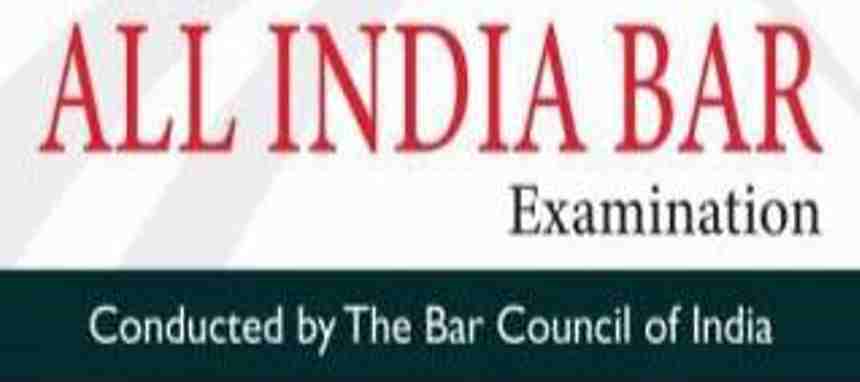
- On April 10, 2010, the Bar Council of India resolved to conduct an All-India Bar Examination that tests an advocate’s ability to practice law. It is required for an advocate to pass this examination to practice law. This examination shall be held biannually, in April and November, and will test advocates on substantive and procedural law. It will assess basic analytical capabilities and knowledge of the law. The syllabi for this examination will be published at least three months before the examination. An advocate may appear for the examination any number of times. Once the advocate passes the examination, he/she will be entitled to a Certificate of Practice. The first All India Bar Examination is scheduled to take place on December 5, 2010. It will be mandatory for law students graduating in the academic year 2009-2010 and onwards to clear this exam to practice law in India.
Conclusion
In the interest of justice and the expansion of the Indian judiciary, the legal education system was prohibited at the time, and it was institutionalized with extensive regulations to regulate and analyze the legal system in India. The BCI, which serves as a pillar of support for the implementation of high-quality legal education, should be given more powers and authority so that the Indian legal system can improve.
As a result of the National Knowledge Commission’s 2006 recommendation to strengthen an Independent Regulatory Authority for Higher Education in relation to different standing committees, including one for legal education, the Advocates Act, 1961 would need to be revised to address the mentioned difficulties. Stakeholders will be represented on the new Standing Committee on Legal Education, as the new regulator will be held accountable to their suggestions. This would restore legal education to meet the implications of all sections of society in the next fifty years.
Top 13 Interesting Facts About Bar Council
BCI is a statutory body established under Section 4 of The Advocates Act, 1961.
Aspirants clearing the All-India Bar Examination are given pan-India membership of the Indian Bar and can argue cases in any court of law in India including the Indian Supreme Court.
The BCI holds the responsibility to prescribe standards of professional conduct and etiquette and exercises disciplinary jurisdiction over the bar.
The current chairman of BCI is Mr. Manan Kumar Mishra.
The headquarters of BCI is situated in New Delhi.
The Bar Council of India is also entitled to regulate and represent the Indian Bar.
There are a total of 18 members of BCI including the Attorney General and the Solicitor General.
The tenure of each of these members of the Bar is 5 years with the Attorney General and the Solicitor General being Ex-officio Members of the Bar if they serve their office of governmental representation.
There are a total of 16 State Bar Councils situated across various states where High Courts are situated.
The Disciplinary Committee of BCI holds only 3 members who are elected on a rotational basis amongst the members of the Bar.
The Chairman of BCI, Mr. Mishra in a statement made last year (2021) claimed that there are around 20 Lakhs registered lawyers and advocates around India.
Shri MC Setalvad who was also the very first Attorney General of India was also the first BCI Chairman.
Cornelia Sorabji (15 November 1866 – 6 July 1954) was the first lady lawyer from India, also a social reformer and a writer.

For deep details, you can read the full article. Click the link below :

